
Can You Put a Tent in the Dryer Safely?
Can You Put a Tent in the Dryer Safely? Published February 4th, 2023 by Allen Campbell Well, it’s no secret that a tent is a
Published August 20th, 2022 by Allen Campbell

Do you have a canopy that won’t stop collecting water no matter how many times you try to fix it? Although tent canopies are a great way to enjoy the outdoors, they oftentimes have trouble dealing with rainfall. Moreover, even a small pool of water can damage the fabric or structure of your canopy.
This can be a result of many factors, but thankfully, there are ways to stop the water buildup and keep your canopy functioning properly.
Canopy tents can often get water on them when it rains hard. This is because of the rainwater pools in the corners. When this happens, it’s called puddling or pooling. Pooling happens because there is not enough tension in those areas to keep the water from gathering.
To avoid these problems, it is important to ensure that there is enough tension across all areas of the canopy top and to take steps to divert any rainwater away from the tent.
If you do not take precautions against pooling or if you do not check for it after the heavy rainfall, your canopy could sag in the areas where the water is collecting.
This could cause the frame of your canopy to bend or break. Additionally, it can harm the guest beneath the canopy, as they may get drenched by the waterfall-like stream of water coming off your roof.
Another problem that can arise from water pooling is damage to your belongings. If you are using your canopy for an outdoor market, for example, any damaged goods will affect your income. Thus, it is important to take measures to prevent water from pooling on your canopy in the first place.
If you see water pooling on your canopy roof, it’s important to take steps to remove it as soon as possible. Pooled water can lead to a sag in the fabric, which can cause the roof to collapse.
You can remove water by pushing it from the inside of your canopy towards the edges. Make sure to push it from any edge of the pool towards the other side so that the water cascades off the edge of your canopy.
I would highly suggest you do this with a broad or no-pointed object such as a broom handle. Don’t try to use pointed sticks or any other object that could puncture the fabric, as this could lead to water leakage in the future.
Also, remember that you need to repeat this process a few times until all the rain stops.
Make sure to use proper stakes to secure your canopy top, as it is one of the most important things to remember for avoiding pooling on the canopy.
Check all four corners are pulled taut and then tighten to their fullest extent so that it doesn’t come undone while you’re using it. Also, in order to keep your canopy from pooling water, you can waterproof it.
One popular method for avoiding pooling is to use anti-pooling technology built into the canopy frame. This often comes added with extra braces, unlike canopy tents that don’t have extra braces.
Another tested method for helping with puddling on your canopy is to insert pool noodles into each corner. This technique is especially helpful in directing rainwater away from problem areas and can be a cost-effective solution.
This will elevate the fabric of your canopy, preventing water from pooling and damaging the material. Simply insert the noodles into the other remaining corners for maximum effect.
Hula Hoops solution is very similar to the pool noodle method but offers a bit more stability. It is simply inserted like a Pool noodle, but it is only suitable with cross-braced trusses or beams in the middle for more stability.
After inserting it, you can use duct tape to secure it in place. This will help to evenly distribute the weight and prevent water from pooling in one area and damaging your canopy.
Although you can’t prevent water from building up on your canopy altogether, there are a few things you can do to minimize the amount of water that accumulates.
By ensuring that your canopy top is properly secured and by taking measures to divert rainwater away from your tent, you can help reduce the risk of pooling.
Additionally, if you do see water starting to pool on your canopy, take action to remove it as soon as possible. With a little bit of care, you can help keep your canopy in good condition for years to come, not only for the durability of your canopy but also for the safety of yourself and your guests.
Sometimes when it rains, water leaks through the roof of your tent. This can be really annoying, especially if it happens every time it rains. Firstly, make sure to check the seams of your roof, as they may be the cause of the water leak. If not, you can use a waterproof sealant to fill in any gaps.
Another thing to keep in mind with canopies is that check if the grommets are starting to wear or tear. If they are, it’s usually an easy fix to replace them. Make sure to inspect the frame around the foundation as well to ensure there aren’t any other issues that need to be addressed.
If it is bent or otherwise damaged, it may be causing the fabric to sag and allowing water to seep through. By taking these simple steps, you can repair a leaky canopy and enjoy dry nights under the stars once again.
If you have ever been caught in the rain with a canvas tent, you know how quickly the fabric can become soaked through. But there are a few simple ways to waterproof canvas and keep your belongings dry.
There are some methods to waterproof canvas. You can treat the fabric with a silicone-based spray, which will create a barrier that will repel water and prevent absorption.
Another best choice is to coat the canvas with beeswax or paraffin wax. Not only does the waterproofing process make the fabric water-resistant, but it also makes it durable enough for any adventure.
Whichever method you choose, be sure to test it on a small area first to ensure that it does not damage the canvas or affect its breathability. With a little bit of care, you can keep your canvas gear dry no matter what the weather throws at you.
When you roll up a wet awning, you can damage the fabric and cause mold or mildew to form. This is because the fabric is wet and will not dry properly if it is rolled up. Additionally, if you store an awning that is still wet, you run the risk of damaging the fabric or promoting the growth of mold or mildew.
For this purpose, it is necessary to dry the awning thoroughly before storing it. I am sure you want to keep your awning in good condition for years to come, so keep in mind these tips the next time you use it.
Holes in the gazebo canopy are present to allow rainwater to flow off the roof and prevent fabric damage. If there were no holes, then the water would pool and cause leaks and damage to the roof. Having holes in the gazebo canopy is essential to keeping the roof in good condition.
It usually works like this: the holes are placed around the edge of the roof so that when it rains, the water can drain off quickly. This prevents any build-up of water which could lead to leaks.
This is important because if your gutters and downspouts are blocked, then water could again pool on the roof and cause damage.
If you’ve ever seen a canopy top with small metal eyelets lining the top edge, you’ve seen grommet holes. Grommet holes are simply small holes that have been reinforced with a metal or plastic ring or grommet.
The purpose of grommets is to create a finished look for the canopy top and to make it easier to taut. When reinforcing the canopy top with grommets, you simply thread a guy lines through the holes and pull the canopy top and connect it with stakes.
The grommets also help to prevent the fabric from tearing when it is pulled up or down. While grommet holes are most commonly found on curtains, they can also be used on other types of fabric, such as tablecloths or shower curtains.
So next time you see those small metal rings on a piece of fabric, you’ll know they’re called grommet holes.

Allen is a full time writer at Mastercanopies.com and enjoys traveling around the United States and exploring nature. He enjoys writing about canopies as he believes they are extremely crucial in having a successful camping trip whether it be a trip to the beach, mountains, or the open plains.

Can You Put a Tent in the Dryer Safely? Published February 4th, 2023 by Allen Campbell Well, it’s no secret that a tent is a
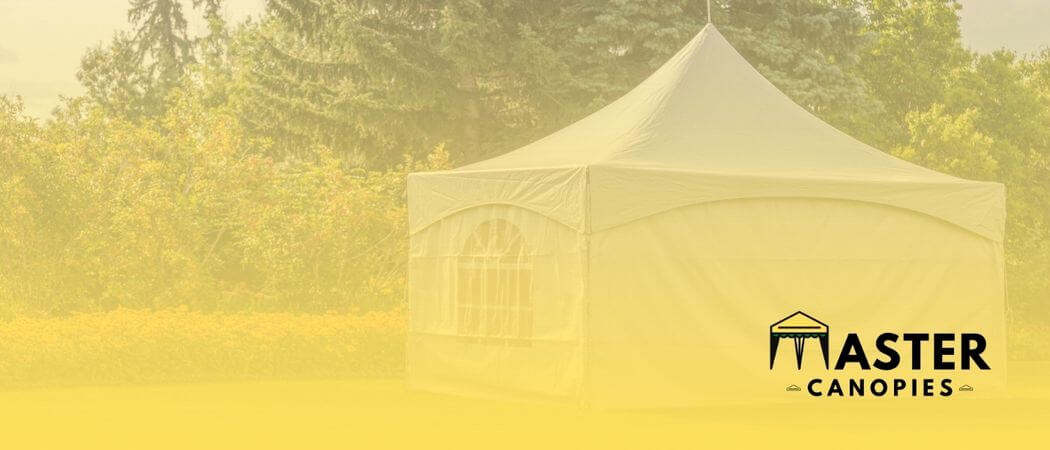
How to Print on a Canopy: How to Print Custom Images/Logos Published February 4th, 2023 by Allen Campbell Do you want to print something special
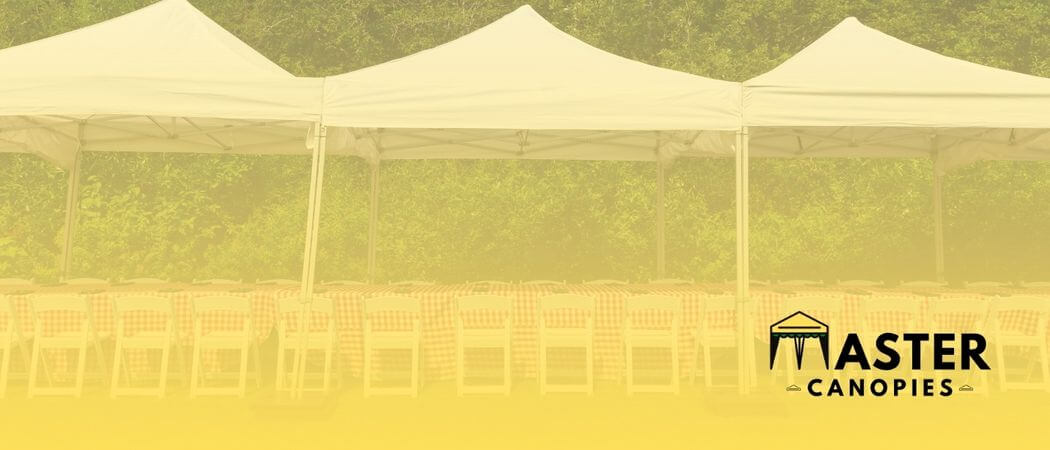
How to Choose the Best Outdoor Event Flooring for your Next Celebration Published January 31st, 2023 by Allen Campbell Planning an outdoor event can be
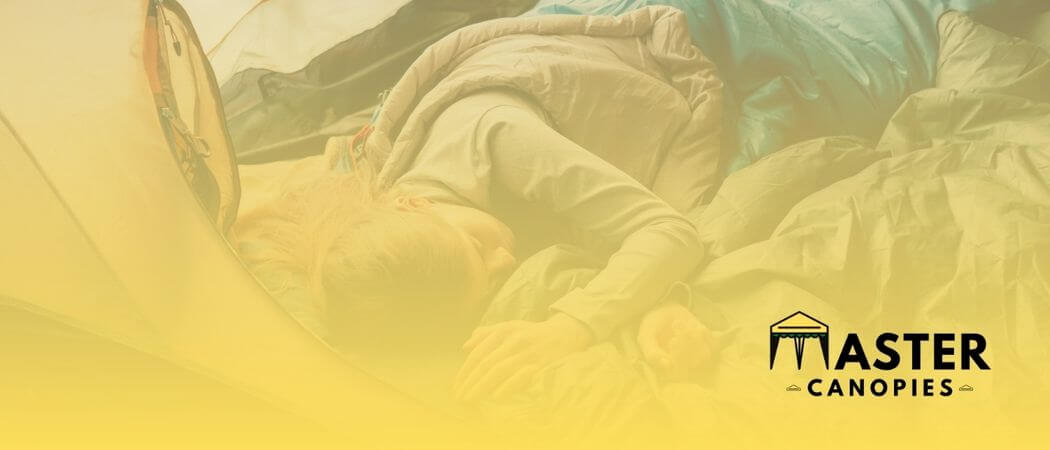
How to Insulate a Tent for Winter and Keep Warm Published February 3rd, 2023 by Allen Campbell Is your tent the last frontier when it
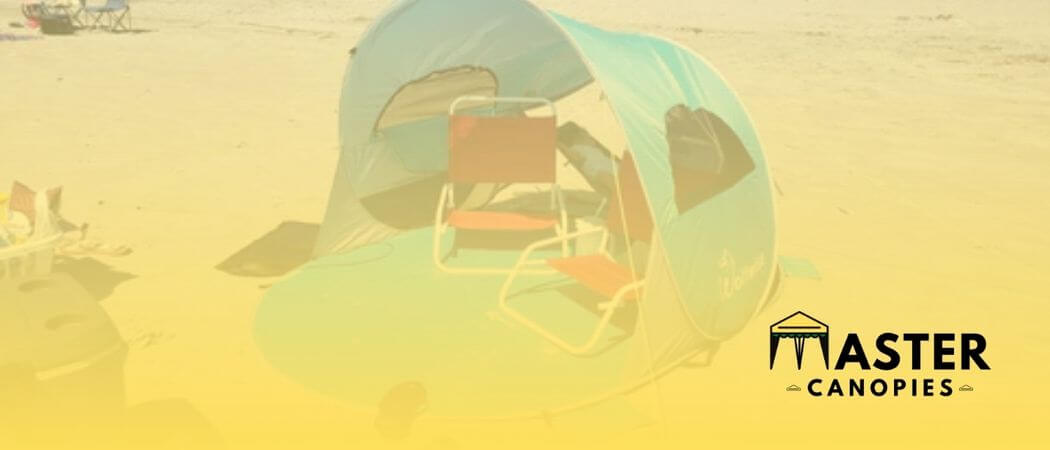
Wolfwise Beach Tent Review: Should You Buy It? Published January 23rd, 2023 by Allen Campbell Are you planning a beach vacation but don’t know exactly
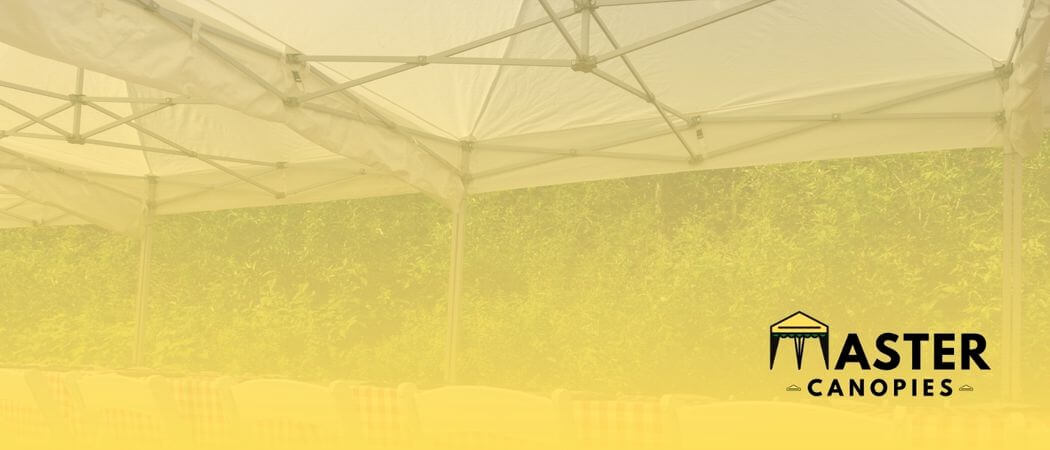
How to Start a Tent Rental Business (and have Success with It!) Published January 23rd, 2023 by Allen Campbell Do you have a knack for
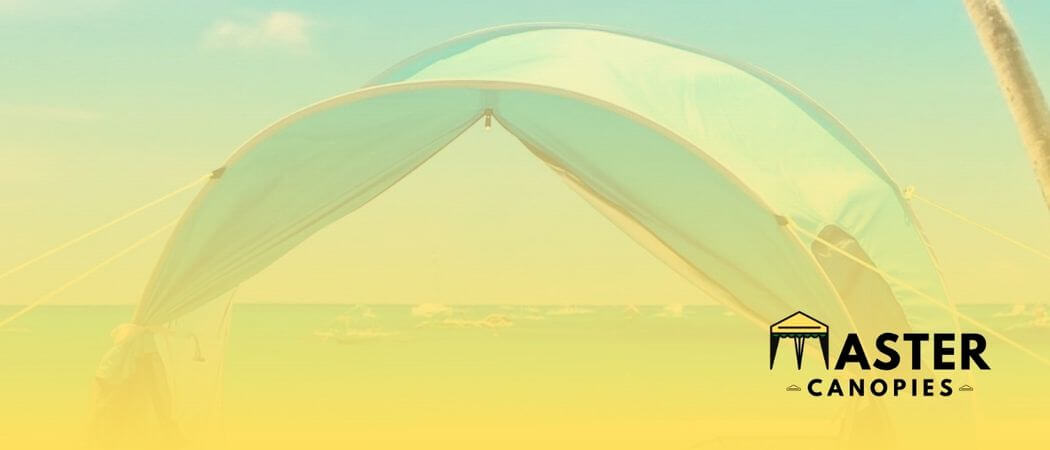
Wolfwise Beach Tent Instructions: Easy Setup Guide Published January 23rd, 2023 by Allen Campbell Let’s face it, setting up a beach tent can be tricky…
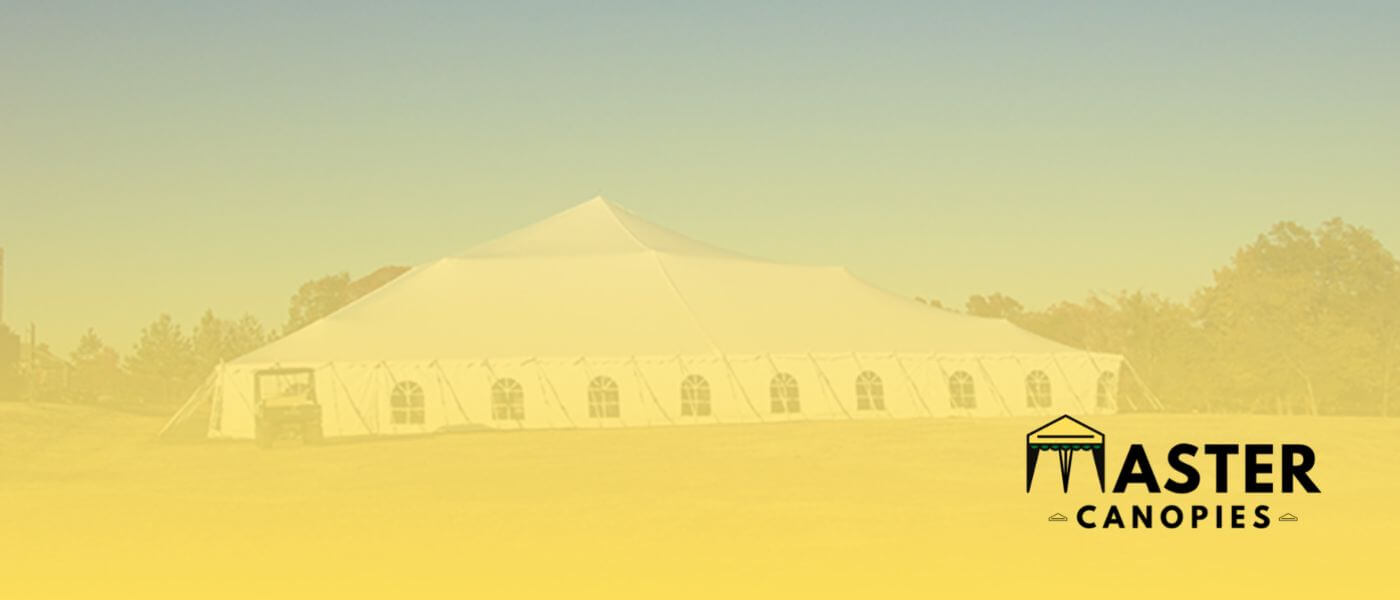
Best 100×100 Tents for Large Gatherings and Parties Published January 12th, 2023 by Allen Campbell Finding the right tent for your next event can be
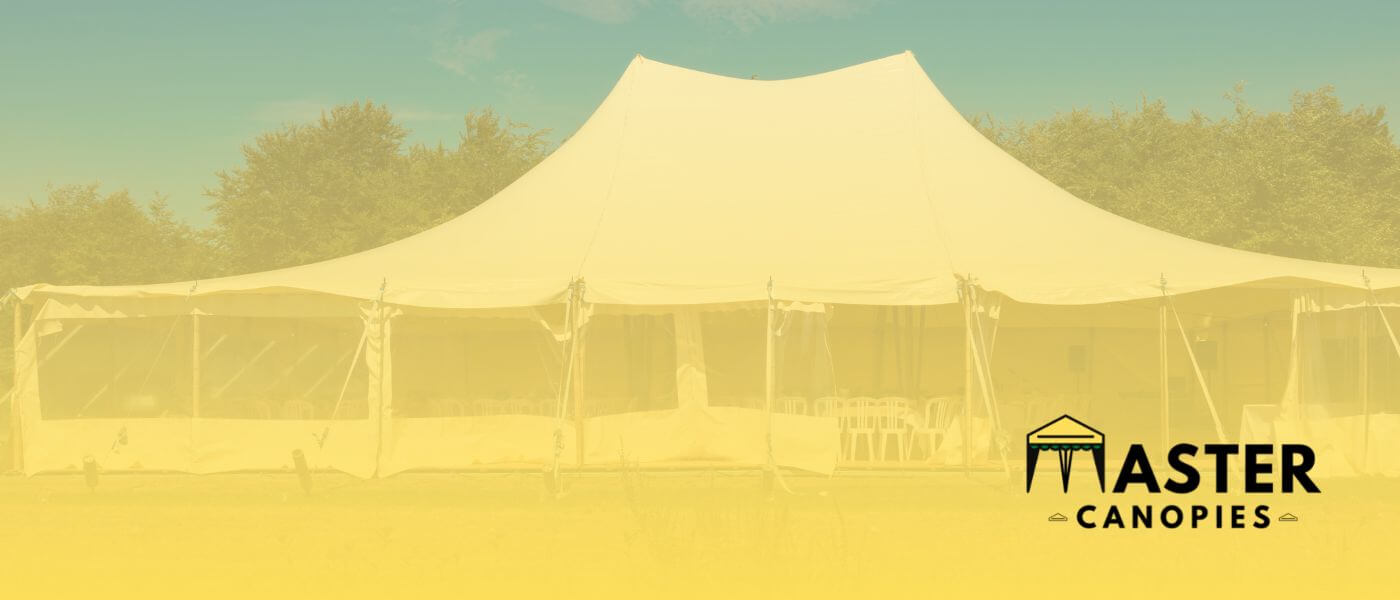
Best Tent Rentals in Downers Grove, IL Published January 12th, 2023 by Allen Campbell Hoping to make a big impact in Downers Grove? Well, if

Master Canopies is here to bring you the best canopies for the outdoors so that you can enjoy the fresh air without the gleaming and burning light of the sun.

Master Canopies is here to bring you the best canopies for the outdoors so that you can enjoy the fresh air without the gleaming and burning light of the sun. As an Amazon Associate, we earn from qualifying purchases.